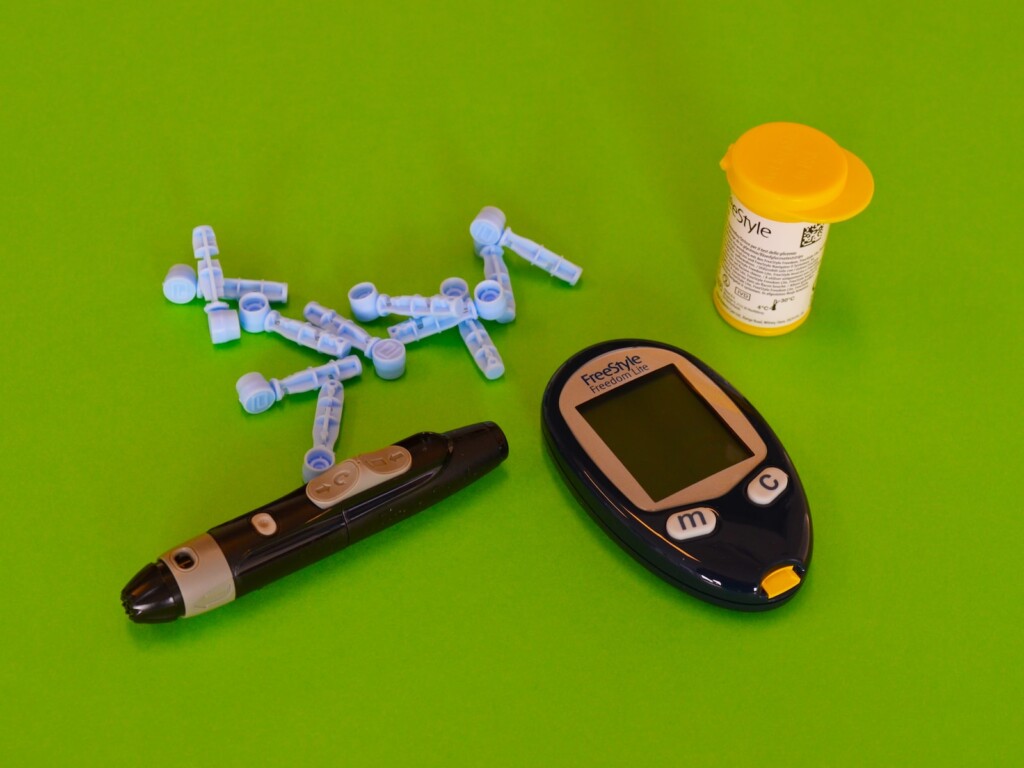
Healthy Diet and Lifestyle Change – Vol. 18
Healthy Diet and Lifestyle Change: How The Two Should Complement Each Other…
Monosodium Glutamate (MSG) was originally invented in 1908 by Japanese biochemist Kikunae Ikeda. He was attempting to isolate and duplicate the taste of kombu, an edible seaweed used as a base for many Japanese soups. He discovered Glutamate, filed a patent, and began to market it as a flavor enhancer.
Glutamate adds a new dimension to the flavor of food referred to as umami. Prior to the discovery of Glutamate, our taste sensations were described as sweet, sour, bitter, and salty. With MSG in the picture, our tastes now include umami, which is described as a savory or meaty flavor.
Produced through fermentation today, MSG is most commonly associated with restaurant Chinese food, but it is very frequently used as an added flavor enhancer in fast foods, frozen meals, canned soups and vegetables, processed meats, and potato chips.
In the interest of brevity, I’m not going to cite any specific studies individually, but I will say that the topic has been studied and hotly debated for decades. The Food and Drug Administration (FDA) has classified MSG as a food ingredient that’s “generally recognized as safe”, but the use of MSG continues to remain a topic of discussion in some circles, so the FDA mandates food label inclusion of this controversial ingredient.
I should begin by stating that this additive has the potential to be harmful. I have to begin with the fact that MSG adds large amounts of Sodium to your diet. I’m no fan of Sodium in any form. MSG also has side effects that range from obesity to liver damage. In some susceptible people, consumption of MSG can trigger short-term symptoms such as asthma attacks, chest pain, nausea, rapid or fluttering heartbeats, or worsened migraine headaches.
MSG can also trigger Chinese Restaurant Syndrome (CRS), a collection of symptoms including sweating, headache, flushing, and, in more serious cases, swelling of the throat and chest pain. In defense of Chinese restaurants, however, some studies have
concluded that they can be attributed to overuse or inconsistent use of MSG.
I’ll try to explain some of the science behind my aversion to MSG. I have to begin with obesity. Most people cringe when they hear the word obesity because, let’s face it, people across the globe are getting larger, so the odds are pretty good that you know someone with a weight issue. One research study concluded that MSG given to newborn mice increases their body weight by almost 8 percent. What seems like an insignificant percentage could really be quite staggering when put into perspective.
Let’s equate that very same 8% increase in body weight to that of a 200-pound man. I’m using an adult male because other research also indicates similar changes to adults who consume too much MSG. That 8% would increase this man’s weight by 16 pounds bringing him up to a whopping 216 pounds! Increases in total cholesterol, triglycerides, VLDL, and LDL (both types of “bad” cholesterol), body mass index, body fat, and obesity in general, are associated with MSG use and can all occur.





There are also some very frightening chemical changes that occur in the body as a result of consuming MSG.
Adiponectin, a protein critical to regulating blood sugar and energy use, is lowered by 60 percent. This reduction causes an increase in blood sugar levels and a decrease in metabolism. This combination can cause weight gain and food cravings.
The chemical messenger Leptin becomes unrecognizable to the brain. Leptin is normally released by fat cells and then travels to the brain to deliver the signal to stop eating.
When people consume MSG, receptors in the brain become incapable of receiving this signal. Our bodies adapt and try to increase Leptin production by fat cells, but the MSG does it’s a job more efficiently, so the damage is done (at least temporarily). The brain’s perceived lack of Leptin leads to an increased appetite.
MSG causes the inflammation of blood vessels in the liver, the destruction of red blood cells, and the death of liver cells. Studies also indicate that it stimulates the creation of chemicals that are responsible for inflammation.
As if that weren’t enough, most MSG-laden foods are also disproportionately high in trans fats. This combination of MSG and trans fats can cause the development of nonalcoholic fatty liver disease (a condition in which fat is deposited inside the liver often leading to cirrhosis). Fatty liver disease can trigger insulin resistance, resulting in high blood sugar and blood insulin levels.


Diabetes is a type of insulin resistance. Insulin is being produced and released into the bloodstream, but body cells are unable to use it effectively. This prevents glucose from passing into cells, resulting in high blood sugar, decreased energy, and increased appetite.
Lest we forget the most important of all, let’s consider our new mothers and those soon to be. Mothers who are pregnant or nursing should be extremely careful to avoid MSG, and baby food ingredients should be carefully checked as well. Infants and unborn children can also suffer brain damage due to overexposure to MSG. MSG has a stimulatory side effect on the brain which can damage the brain cells of newborns. This damage often leads to convulsions and seizures during infancy.


Since the FDA requires manufacturers to list MSG on the food label, one simply needs to know what to look for. MSG can be listed by any of the below names. The first list ALWAYS contains MSG, while the second list CAN contain it. Commit them to memory, it could help save your life!
Time to begin reading your labels more carefully! The best way to avoid MSG is to avoid fast food and frozen, pre-packaged meals. Be especially cautious of canned soups and rice, even at restaurants.
